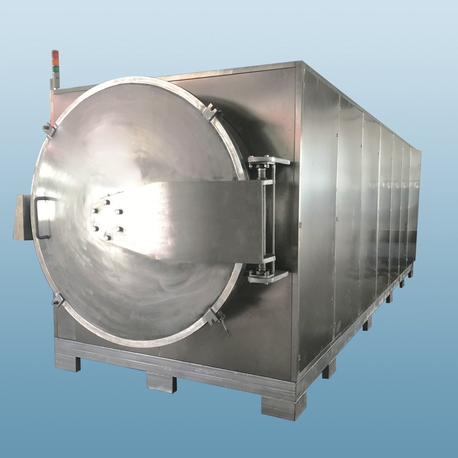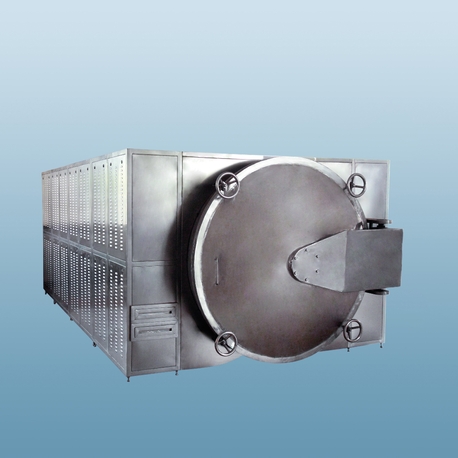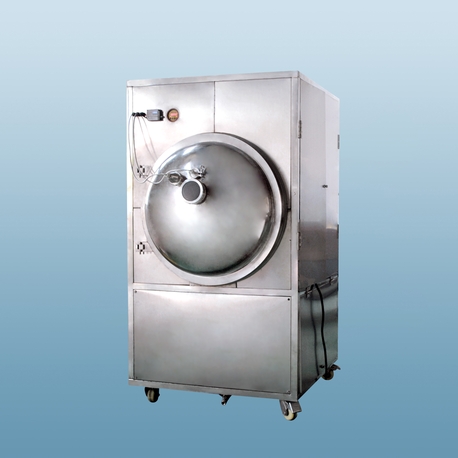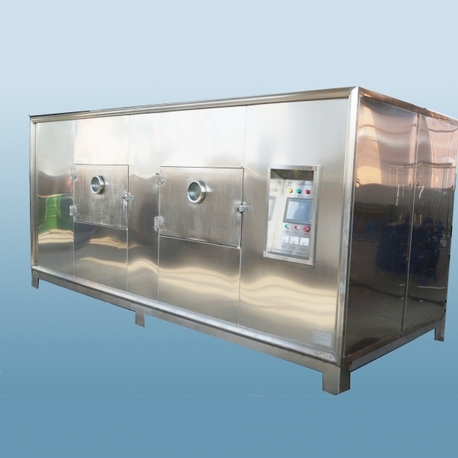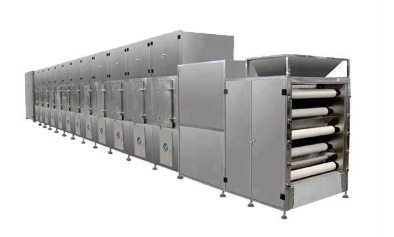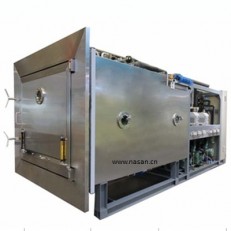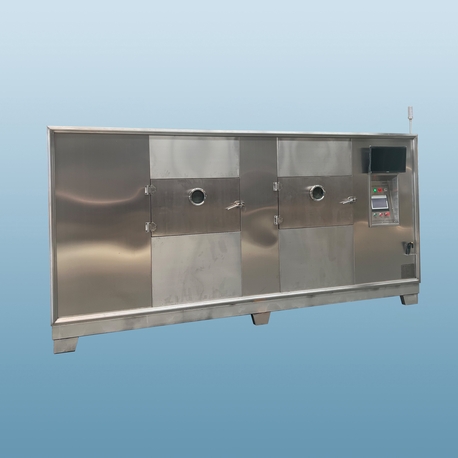When it comes to industrial processing, efficiency and reliability are paramount. One piece of equipment that plays a critical role in various sectors is the dehydrator machine. Whether you're in food production, pharmaceuticals, or chemical manufacturing, understanding how to select the right dehydrator machine can significantly impact your operations. These machines are designed to remove moisture from materials through controlled methods, extending shelf life, reducing weight, and preserving quality. However, with so many options available, making an informed choice requires careful evaluation. In this article, we'll dive into seven essential factors to consider when investing in an industrial dehydrator machine, covering types, applications, costs, and technological aspects to help you optimize your decision.
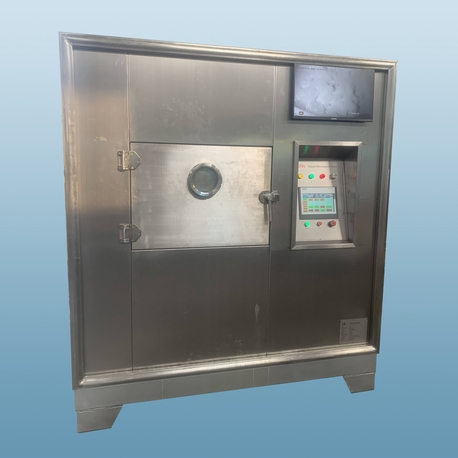
What Is a Dehydrator Machine and How Does It Work?
A dehydrator machine is a specialized piece of industrial equipment used to eliminate moisture from solids, liquids, or slurries through processes like convection, conduction, or radiation. The core principle involves applying heat and controlling airflow to evaporate water content, leaving behind a dried product. For instance, in food industries, a dehydrator machine can transform fruits and vegetables into shelf-stable snacks by reducing water activity that promotes spoilage. Similarly, in chemical sectors, it processes materials into powders or granules for easier handling and storage. The efficiency of a dehydrator machine hinges on factors like temperature control, air velocity, and material properties, ensuring consistent results without compromising product integrity. By understanding these fundamentals, businesses can better appreciate how a dehydrator machine integrates into their workflows, enhancing productivity and reducing waste.
Types of Industrial Dehydrator Machines and Their Features
Industrial dehydrator machines come in various designs, each tailored to specific applications and material types. Common variants include tray dehydrators, drum dehydrators, spray dehydrators, and fluidized bed dehydrators. Tray dehydrators, for example, use stacked trays to hold materials while circulating hot air, making them ideal for batch processing in food or herbal industries. Drum dehydrators, on the other hand, rotate a heated drum to dry slurries or pastes, often used in wastewater treatment or mineral processing. Spray dehydrators atomize liquids into fine droplets dried quickly in a chamber, popular in dairy and pharmaceutical sectors for producing powders. Fluidized bed dehydrators suspend particles in an air stream, offering rapid, uniform drying for granular materials like grains or chemicals. Each type of dehydrator machine has unique advantages, such as energy efficiency, scalability, or gentle handling of sensitive products. By assessing your material characteristics—such as moisture content, heat sensitivity, and volume—you can narrow down the best dehydrator machine type for your needs.
Applications of Dehydrator Machines Across Industries
The versatility of dehydrator machines makes them indispensable in numerous industrial fields. In the food and beverage sector, a dehydrator machine is used to produce dried fruits, vegetables, meats, and spices, enhancing preservation and creating value-added products. For pharmaceuticals, these machines dry active ingredients, herbs, and formulations to ensure stability and extend shelf life. In agriculture, a dehydrator machine processes grains, forage, and seeds to prevent mold and reduce transportation costs. The chemical industry relies on dehydrator equipment for drying pigments, polymers, and catalysts, while environmental applications include sludge dewatering in wastewater plants. Even in textiles, dehydrator machines help in drying fibers and fabrics efficiently. This broad applicability underscores the importance of selecting a dehydrator machine that aligns with industry-specific standards, such as hygiene requirements in food processing or precision in pharmaceutical labs. By recognizing these diverse uses, businesses can leverage a dehydrator machine to streamline operations and meet regulatory demands.
How to Select the Right Dehydrator Machine: A Step-by-Step Approach
Choosing the appropriate dehydrator machine involves a methodical process to ensure it meets your operational goals. Start by defining your material properties, including initial moisture content, desired final moisture level, and sensitivity to heat. For instance, heat-sensitive products like enzymes may require a low-temperature dehydrator machine with precise controls. Next, evaluate capacity needs based on production volume—whether you need a continuous dehydrator machine for high-throughput lines or a batch system for smaller scales. Consider energy efficiency, as dehydrator machines with heat recovery systems can cut operational costs significantly. Also, assess the machine's construction materials; stainless steel is often preferred in food or pharmaceutical applications for corrosion resistance and easy cleaning. Don't overlook safety features, such as explosion-proof designs for flammable materials, and compliance with industry certifications. Finally, factor in the total cost of ownership, including installation, maintenance, and energy consumption. By following these steps, you can identify a dehydrator machine that balances performance, durability, and cost-effectiveness.
Cost Factors and Pricing Insights for Dehydrator Machines
The cost of a dehydrator machine can vary widely, influenced by factors like type, capacity, technology, and customization. Basic models might start from a few thousand dollars, while advanced industrial dehydrator machines with automation features can reach six figures. Key cost drivers include the drying method—for example, spray dehydrators are typically more expensive due to their complex atomization systems—and energy sources, such as electric, gas, or steam-powered units. Customization for specific materials or integration with existing lines also adds to the price. Additionally, operational expenses like energy consumption, maintenance, and spare parts should be factored into the budget. To manage costs, consider leasing options or used equipment, but prioritize reliability to avoid downtime. It's advisable to request quotes from multiple suppliers and compare the long-term benefits, such as reduced waste and higher output. By understanding these pricing dynamics, you can make a smart investment in a dehydrator machine that delivers value without compromising on quality.
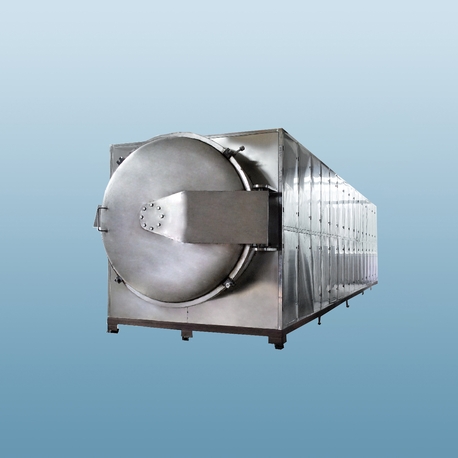
Technological Advancements in Dehydrator Machines
Innovation in dehydrator technology has transformed industrial drying processes, making them more efficient and sustainable. Modern dehydrator machines often incorporate IoT sensors for real-time monitoring of temperature, humidity, and airflow, enabling predictive maintenance and reducing downtime. Heat pump-assisted dehydrators, for instance, recycle thermal energy, slashing energy use by up to 50% compared to conventional models. Another advancement is the use of microwave or infrared drying in dehydrator equipment, which offers faster, more uniform results for sensitive materials. Automation features, such as programmable logic controllers (PLCs), allow for precise control over drying cycles, improving consistency and reducing human error. Additionally, eco-friendly designs focus on reducing emissions and water usage, aligning with global sustainability goals. These technological strides not only enhance the performance of a dehydrator machine but also lower operational costs and environmental impact. Staying updated on these trends can help businesses choose a future-proof dehydrator machine that adapts to evolving industry standards.
Benefits of Using an Industrial Dehydrator Machine
Investing in a high-quality dehydrator machine brings numerous advantages to industrial operations. Primarily, it extends product shelf life by removing moisture that causes microbial growth, reducing spoilage and waste. This is crucial in food and pharmaceutical industries, where preservation is key. A dehydrator machine also cuts transportation and storage costs by reducing product weight and volume. For example, drying agricultural products can decrease weight by over 50%, making logistics more economical. Moreover, it enhances product quality by preserving nutrients, flavors, and textures, which is vital for consumer satisfaction. From an operational standpoint, a dehydrator machine improves efficiency through automated processes, allowing for continuous production and higher throughput. Environmental benefits include lower waste disposal and energy consumption when using advanced models. Overall, a well-chosen dehydrator machine can boost profitability, compliance, and sustainability, making it a worthwhile addition to any industrial setup.
Maintenance Tips for Prolonging the Life of Your Dehydrator Machine
Proper maintenance is essential to keep your dehydrator machine running smoothly and extend its lifespan. Start with regular cleaning to prevent residue buildup, which can affect performance and hygiene—especially in food or pharmaceutical applications. Inspect key components like heating elements, fans, and filters periodically for wear and tear, and replace them as needed. Lubricate moving parts, such as belts or drums, to reduce friction and avoid breakdowns. Calibrate sensors and controls annually to ensure accurate temperature and humidity readings. Also, train operators on correct usage to prevent mishandling that could lead to damage. Keep a log of maintenance activities and schedule professional servicing based on manufacturer recommendations. By adhering to these practices, you can minimize downtime, maintain efficiency, and protect your investment in a dehydrator machine.
Common Questions About Dehydrator Machines
Q1: What is the average lifespan of an industrial dehydrator machine?
A1: The lifespan of an industrial dehydrator machine typically ranges from 10 to 20 years, depending on usage, maintenance, and build quality. Regular upkeep, such as cleaning and part replacements, can help extend its operational life.
Q2: How energy-efficient are modern dehydrator machines?
A2: Modern dehydrator machines often incorporate energy-saving features like heat recovery systems and efficient insulation, reducing energy consumption by 30-60% compared to older models. This makes them cost-effective and environmentally friendly.
Q3: Can a dehydrator machine handle different types of materials?
A3: Yes, many dehydrator machines are versatile and can process various materials, but it's crucial to choose one designed for your specific needs. Adjustments in temperature, airflow, and tray configurations may be required for different products.
Q4: What safety features should I look for in a dehydrator machine?
A4: Key safety features include overload protection, temperature controls, fire suppression systems, and explosion-proof designs for hazardous environments. Always ensure the dehydrator machine complies with industry safety standards.
Q5: How do I clean and sanitize a dehydrator machine?
A5: Cleaning involves disassembling removable parts, using approved detergents, and wiping down surfaces. For sanitization, follow industry protocols, such as steam cleaning or chemical disinfectants, to prevent contamination, especially in food or pharmaceutical uses.
In summary, selecting the right dehydrator machine involves a holistic approach that considers type, application, cost, and technology. By focusing on these aspects, businesses can enhance their operations and achieve long-term success. If you have more questions, consult with experts to find the ideal dehydrator machine for your needs.


